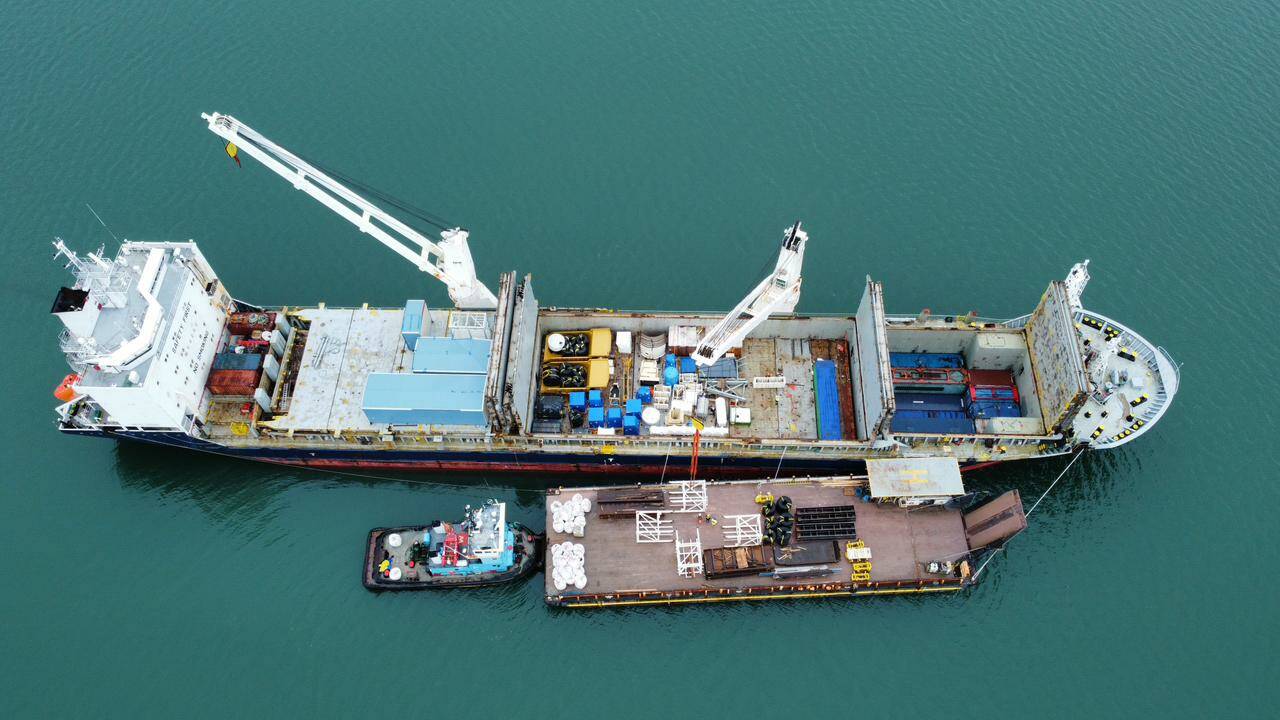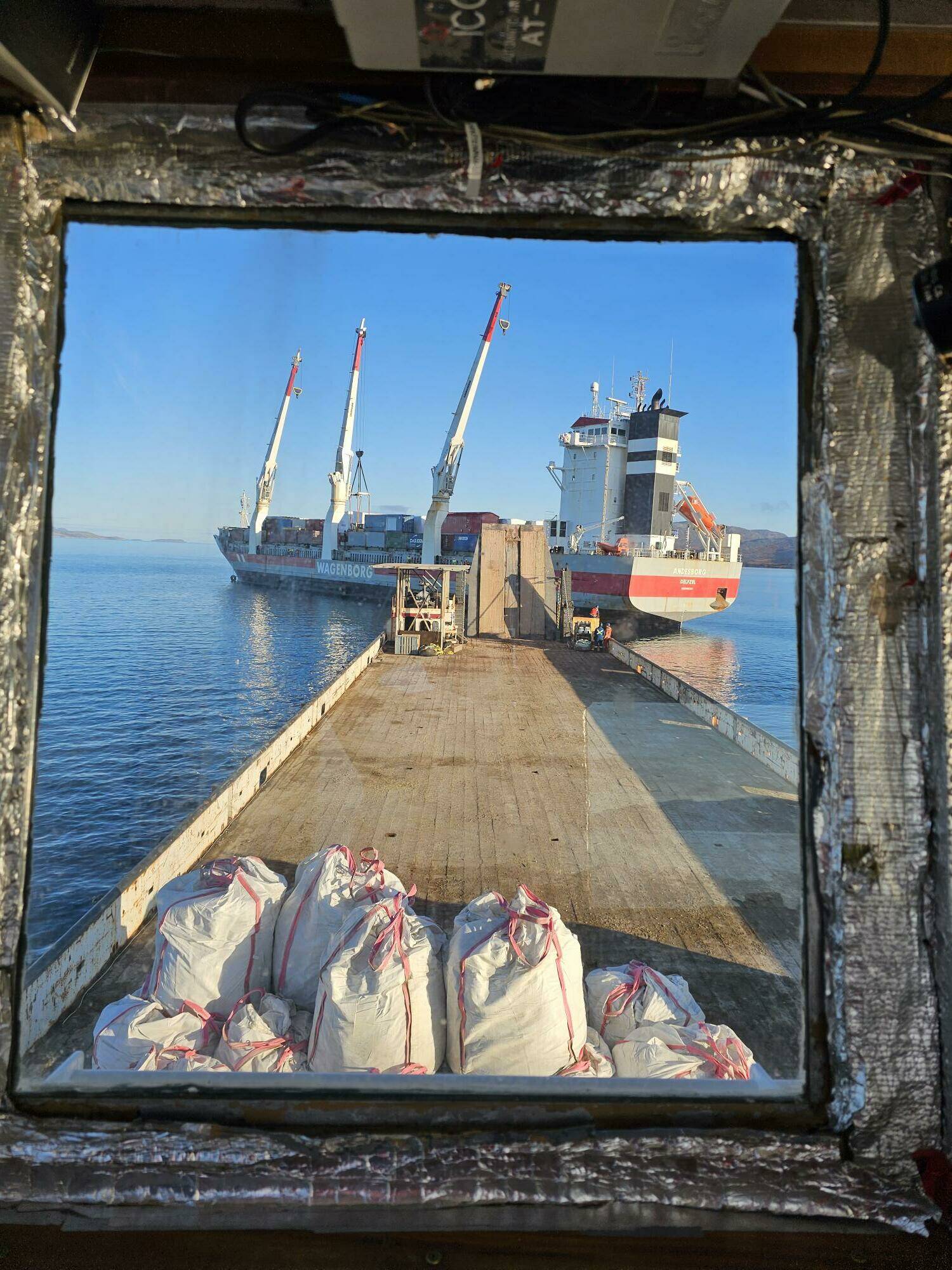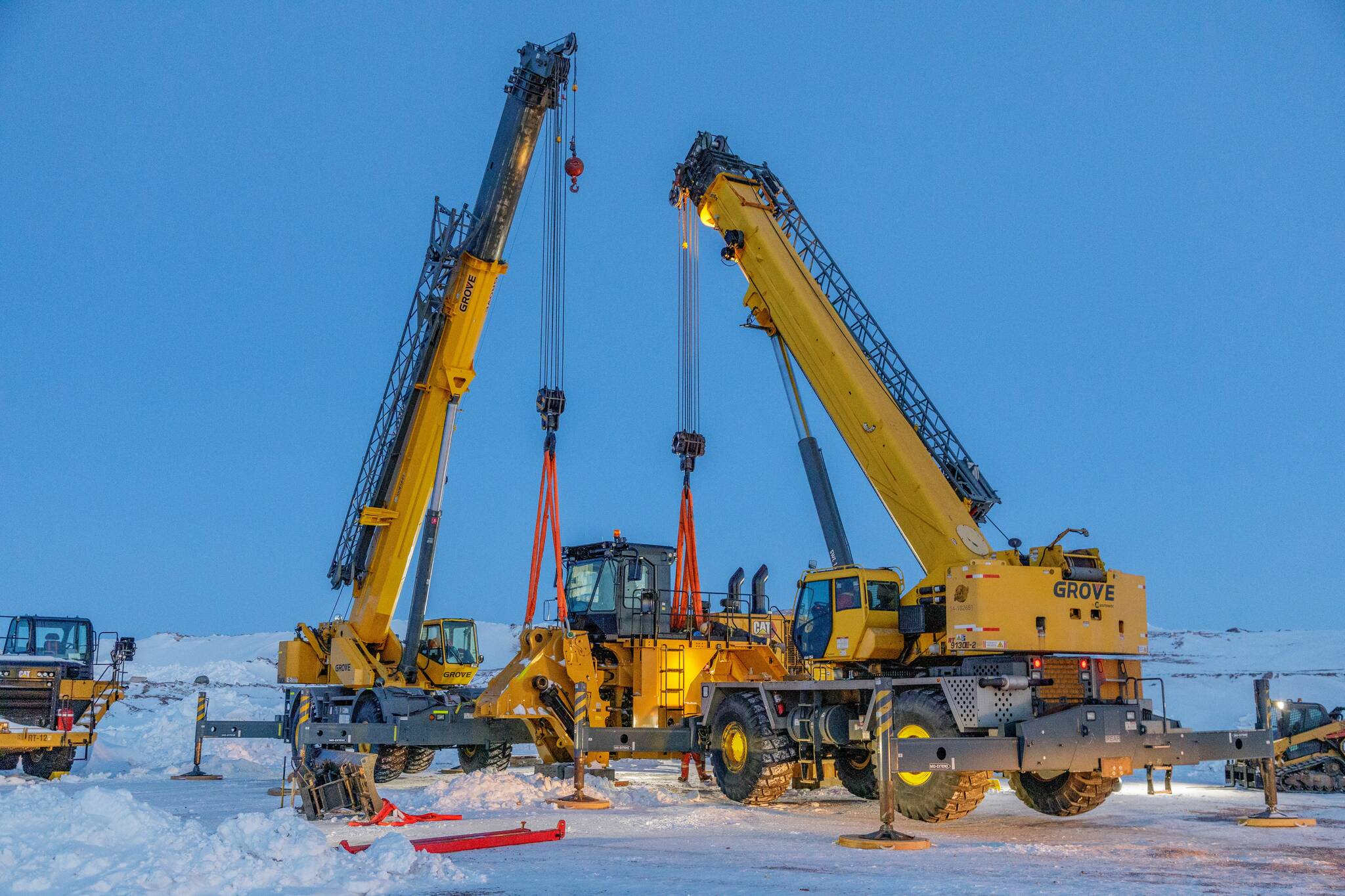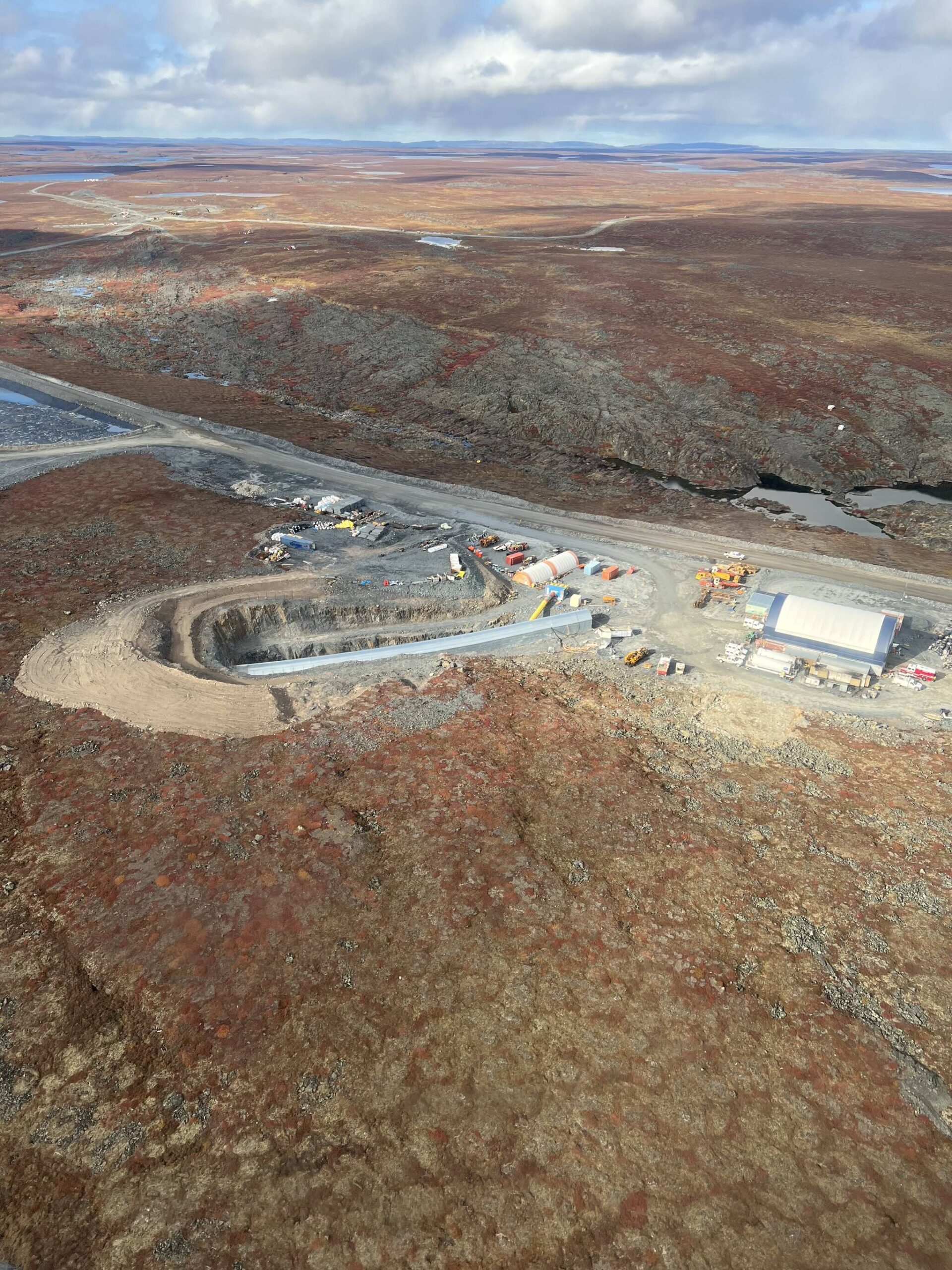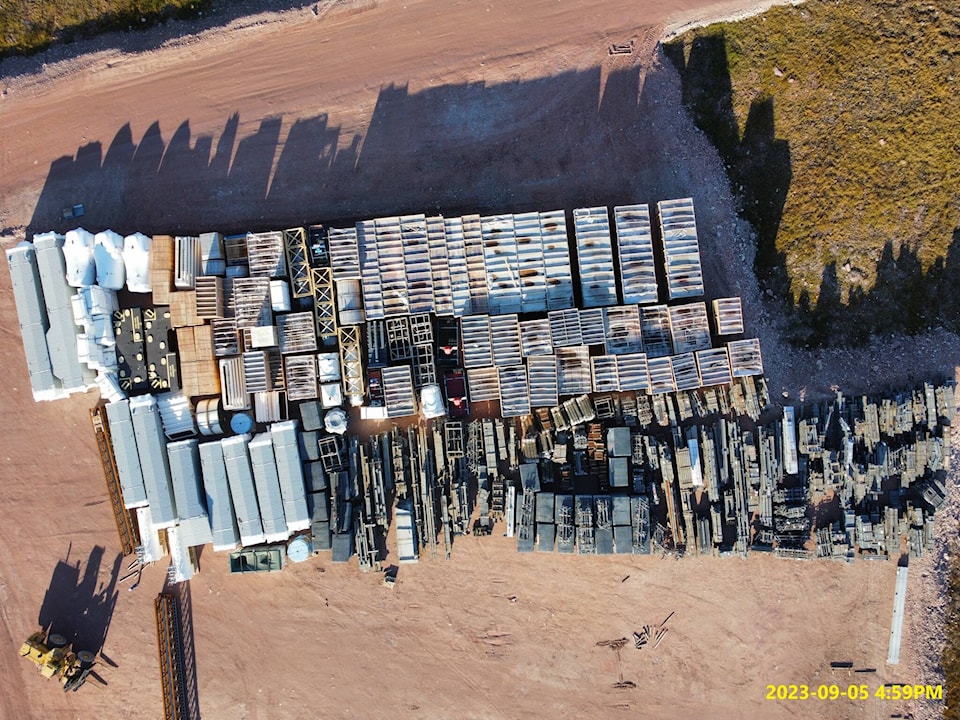Things are bustling at B2Gold’s Goose gold mine near Bathurst Inlet.
B2Gold, which acquired former Back River owner Sabina Gold and Silver Corporation in April, is constructing the Goose mine and has released its renewable energy plan, which outlines a vision to build environmentally-friendly power systems to help extract resources as part of the company’s “commitment to ongoing environmental stewardship of the project area.”
The mine, which received a project certificate through the Nunavut Impact Review Board (NIRB) in 2017, has been progressing with input from the Kitikmeot Inuit Association (KIA), which signed a framework agreement in 2018. B2Gold cites its history of “industry leading and award-winning community engagement” and promises that “Kitikmeot-qualified business regulation is key to procurement.”
B2Gold anticipate a workforce of around 500 in an open pit operation, set to produce around 300,000 ounces of gold a year over a 15-year period. The project schedule has three stages. The initial year would see components shipped to the marine laydown area and roads constructed around Goose mine. Wind turbine and battery systems would also be installed. Years 1-15 encompass the planned operation of the renewable energy system. The third phase, from years 16-22, would see the site’s shutdown and reclamation.
The renewable energy plan includes up to 13 wind turbines, a solar panel array, and a battery energy storage system. Additionally, the company has taken into account caribou migration patterns, as well as atmospheric, freshwater, human, marine, and terrestrial factors in its design.
The plan calculates that renewable energy technologies will reduce winter road traffic by about 700 trips, will ultimately shorten the winter ice road operating time, and will reduce diesel fuel consumption by about 10 million litres and sea lift deliveries by about 18 per cent per year. The proposed plan will also reduce carbon emissions by more than 30,000 tonnes, as well as reducing the risk of terrestrial and marine fuel spills.
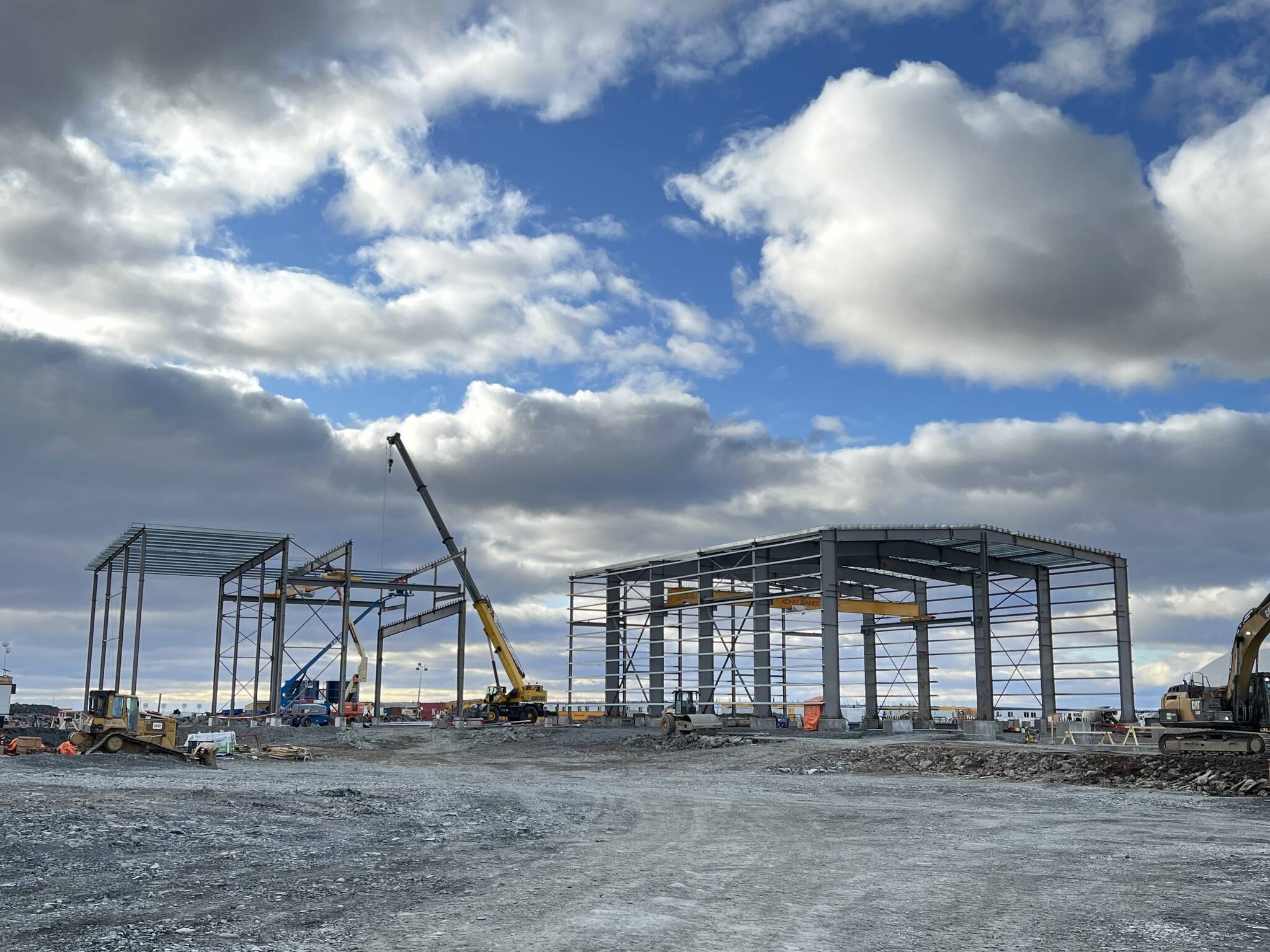
As of the company’s October report, the project had 713 team members.
To date, there have been seven public meetings, 10 engagements with Elders groups and representatives from Bay Chimo, Bathurst Inlet, municipal governments, and various hunter and trapper organizations. B2Gold promises “ongoing engagements” with regulators, the Kitikmeot Inuit Association and the community.
The Inuit Advisory Association is made up of seven Kitikmeot Inuit who conducted a site tour in July and engaged in a discussion surrounding the renewable energy proposal. Subsequently, a letter of support from the subcommittee was submitted to the NIRB. Concerns specifically around caribou and bird migration patterns were raised at the time.
When contacted for comment, Fred Pedersen, the KIA’s executive director, released this statement to NNSL Media:
“The Kitikmeot Inuit Association has promoted renewable energy to mining proponents for over a decade. The benefits of renewable energy sources at mine sites are the reduction in the amount of diesel fuel oil transported and shipped to site, and transferred at site, which in turn reduces the chances of spillage, cost of energy production, and lowers emissions of carbon dioxide into the atmosphere.
“In the review of the initial submission by B2Gold Nunavut to the NIRB for the Back River Renewable Energy Centre, the KIA had identified 12 issues, 11 being related to birds and one related to caribou. These 12 issues were resolved with B2Gold Nunavut in March 2023…
“With all identified issues resolved, the KIA supports the Back River Renewable Energy Centre proceeding to a public hearing in February 2024.”
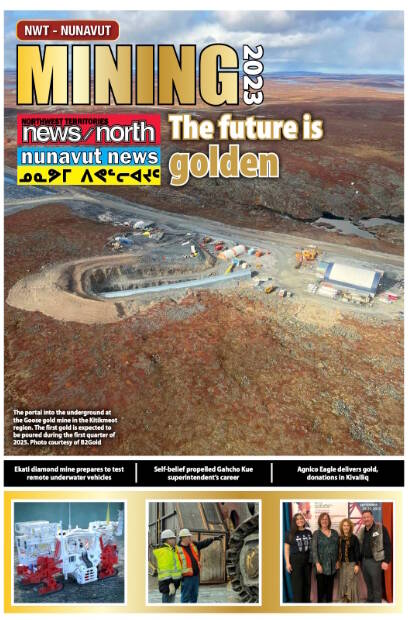
For more stories from NWT & Nunavut Mining 2023, click this link: https://www.nunavutnews.com/special-feature/special-feature-pdfs/nwt-nunavut-mining-2023/
